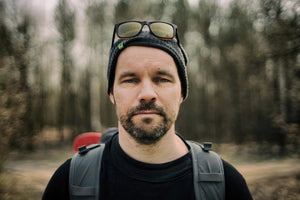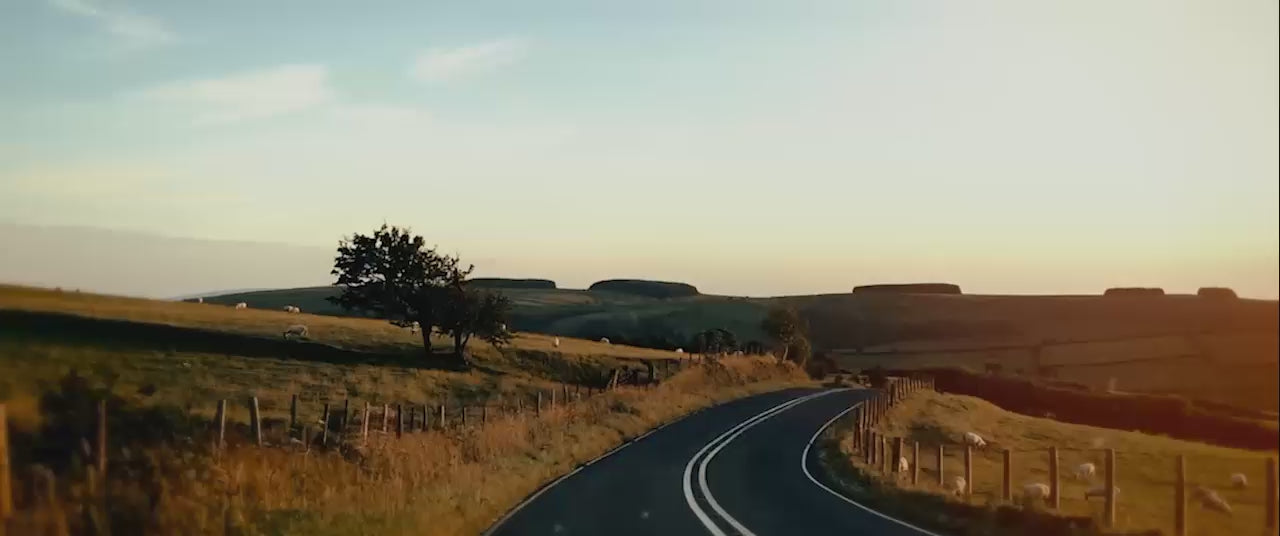90 products
Welcome to the virtual gallery.
We invite you on a journey closer to nature, people and real adventure.
Discover Maciej Jabłoński stories
From one adventure to the next, join us on exhilarating visual travels.
"I have a passion for adventure but also - or perhaps most of all - respect for the world, people and nature. I love to look with a camera where it seems difficult or impossible. I like human biographies that seem crazy to others."
Maciej Jabłoński
F11 studio co-founder, Grand Press Photo Award Winner
"As National Geographic photographers we feel best
in social reportage and film/photo documentary. Driven by our passion for adventure but also – or perhaps most of all – respect for the world, people and nature, we love to look with the camera in places where it seems difficult or almost impossible."
Iwona El Tanbouli–Jabłońska
Dyrektor artystyczna National Geographic Polska
Discover photos from Maciej Jabłoński
See our bestsellers
Maciej Jabłoński

Photographer cooperating with National Geographic Polska, filmmaker, owner of the F11 studio, graduate of the Silesian University of Technology and the Academy of Fine Arts in Poznań at the Faculty of Multimedia Communication, major in Film Image Production and Photography.
He loves mountains, travels to less frequented corners of the world, is an amateur of mountain climbing and ultra running. His photos were published, among others, in the magazines of National Geographic Polska, ULTRA, Trail and Traveler. For his photos from Antarctica, he received the first Grand Press Photo 2019 award in the "Environment" category.
Want to know Maciej better? Read the interview below.

You are a laureate of the Grand Press Photo. What is the experience like? Does it motivate you more or let you rest on your laurels a little?
As a photographer and filmmaker, I appreciate two things in this work: reliability, truthfulness and sensitivity. If I get any awards or prizes related to what I do, it means that I've done my job well and someone can relate to my art.
Perhaps he had a similar sensitivity to mine, but most importantly he decided that my story was important and worth being rewarded and thus shown to the world and passed on. And in this work, the most motivating thing is that there are the infinite number of great photographers, you will never rest on your laurels, there is no end, you are looking for new inspirations all the time and you never cease learning.
And no matter if it is a neighbor's yard, the South or North Pole - chances that you will find something nice are the same everywhere. You can meet someone - something can always be noticed and kept in the frame, always. As time goes by, only your point of view changes and your sensitivity matures.

Each of the your photos shows different, often faraway places. What are the inspirations for your photo reports?
For me personally every journey is an inspiration in itself – during your traveling and observing the world, people, customs and culture. This is the greatest fun and inspiration.
The longer you stay somewhere, the more "observed" and real this piece of the world is. From a photographic point of view, it is more authentic because when you peek with a camera "there and here" you know that the subject was not treated indulgently by you as a photographer.
And in traveling, I especially like those not "all inclusive", i.e. where the adventure arises by itself and this is one great inspiration.

Selma, Kilithon or Nosicze - you choose extreme situations and powerful shots. How do you prepare for such evolving conditions?
It depends on the distance and the weather conditions. Nosicze is a collection located almost next door - because it is just outside the Slovakian border - so in fact, apart from the usual tourist "mountain equipment", from photographic equipment, I planned to take so much to fit into one backpack with everything and still have the power to carry it myself.
Kilithon is hot Africa and just a few days later harsh conditions and wind chill factor below zero. Kilimanjaro is a mountain not technically difficulties, but with 5 climatic zones. For each one of them, you need to be prepared as well as extreme altitudes. I went there with photo & film-making equipment, so I had a lot of stuff with me, so I hired a porter to help me with a tripod and a camera.
And 'Selma' was really at the end of the world. Preparing for the trip, I repacked myself a few times and with the greatest difficulty, I tried limiting the weight of my luggage with the film and photographic equipment and my personal belongings. Everything had to be suitable for really extreme weather conditions, so you had to make real compromises about what to take, what to leave.
Each such trip is learning for the next one, and it turns out that it is not that difficult because a person really does not need that much to "survive".

You have already been on the roof of Africa and at the edge of the world, and we can enjoy amazing shots from these journeys. What are your plans for the future?
Actually, I am working right now on a new documentary about an extreme cave diver. I would like to accompany him on his new, difficult descend in an unexplored, flooded cave. Whether it's possible or how far I'll be able to go - I don't know yet, time will tell. But it's not meant to be just about this oneexploration. I think that this trip will tell the story of his achievements as a man uncompromisingly pursuing his goal. I would like to make a universal film about his life, choices and - again - determination. There will be a lot of beautiful pictures - film and photo.

Why photography? Why did you chose a camera as the tool to share your artistic vision?
As a child, my parents gave me a medium-format camera. Afterwards, I started to use my father's camera and dragged out the assortment from my uncle to equip the darkroom (with which I had installed in my grandma's wardrobe). Finally, I studied photography at the university and... I am still taking pictures until today.
In fact, I have always been drawn to painting and composition, and I think I feel fantastic about that. I am a pictorial aesthete, and I am very meticulous about it. Photography itself added a little more technical aspect, which I've always enjoyed discovering. It allows you to catch the fleeting moment, sometimes you do it consciously and sometimes you just rely on an accident.
This is also very cool in photography and unique. I just think I enjoy taking photos the most.










